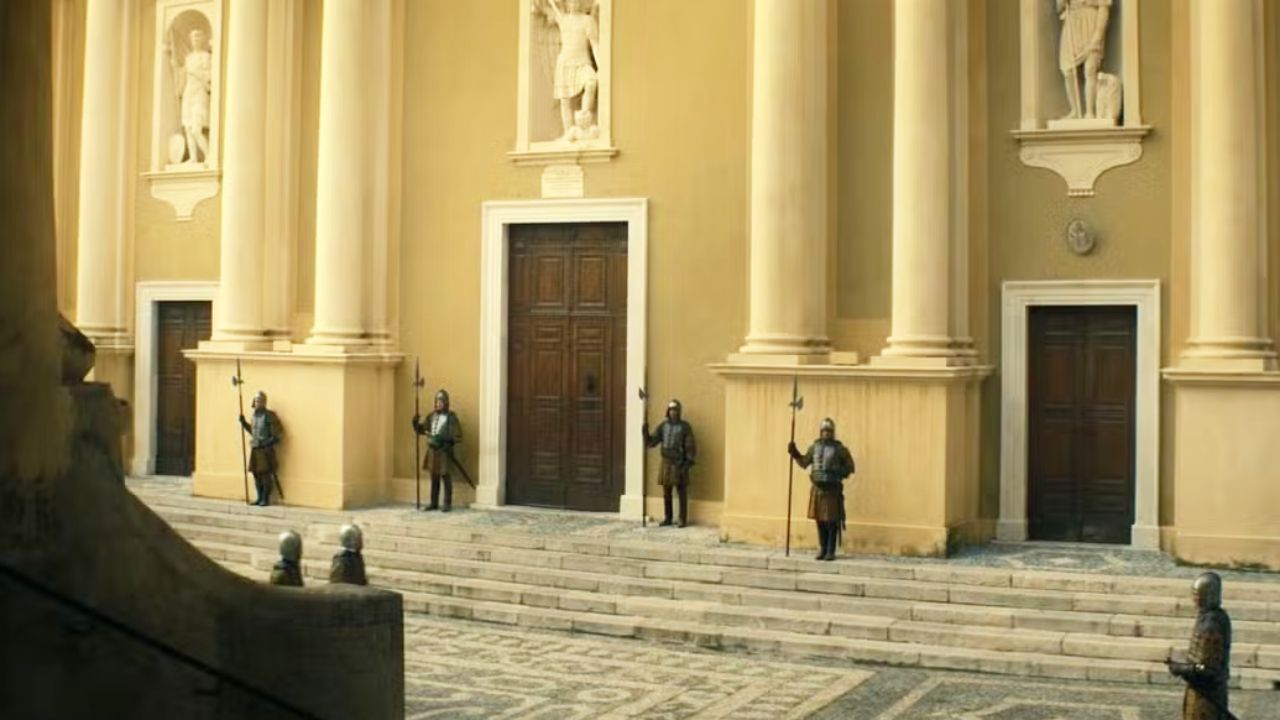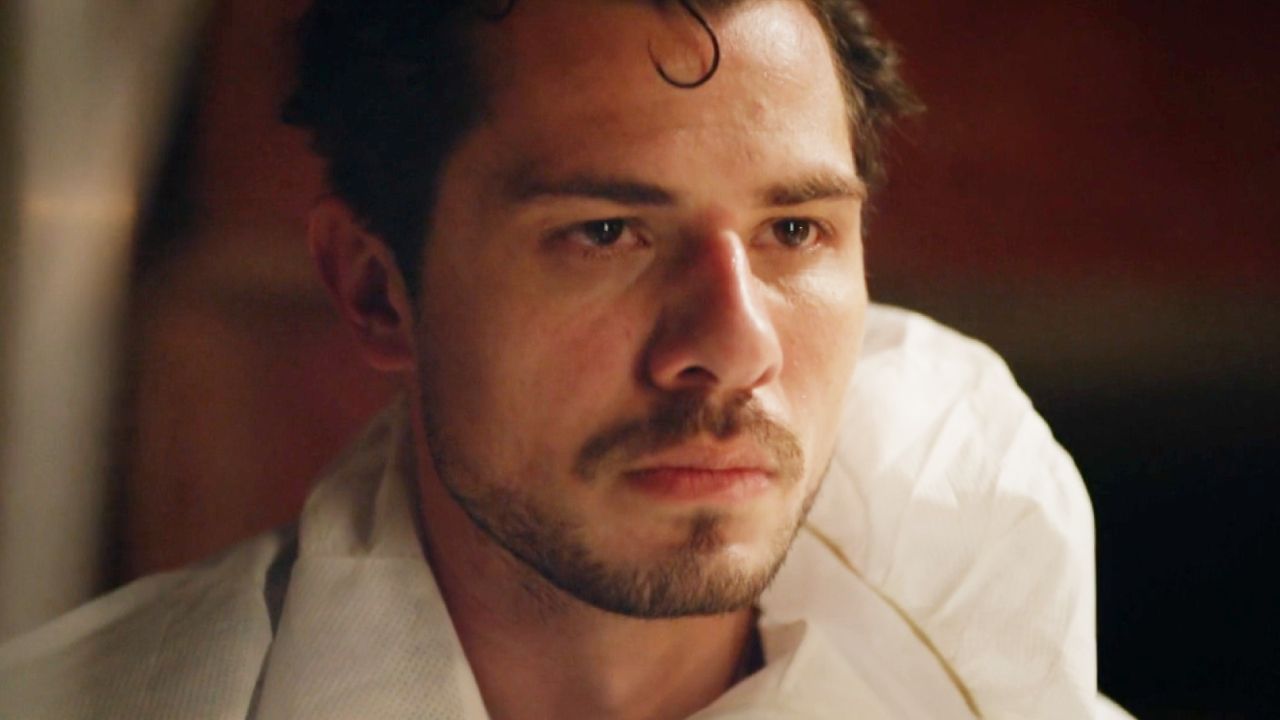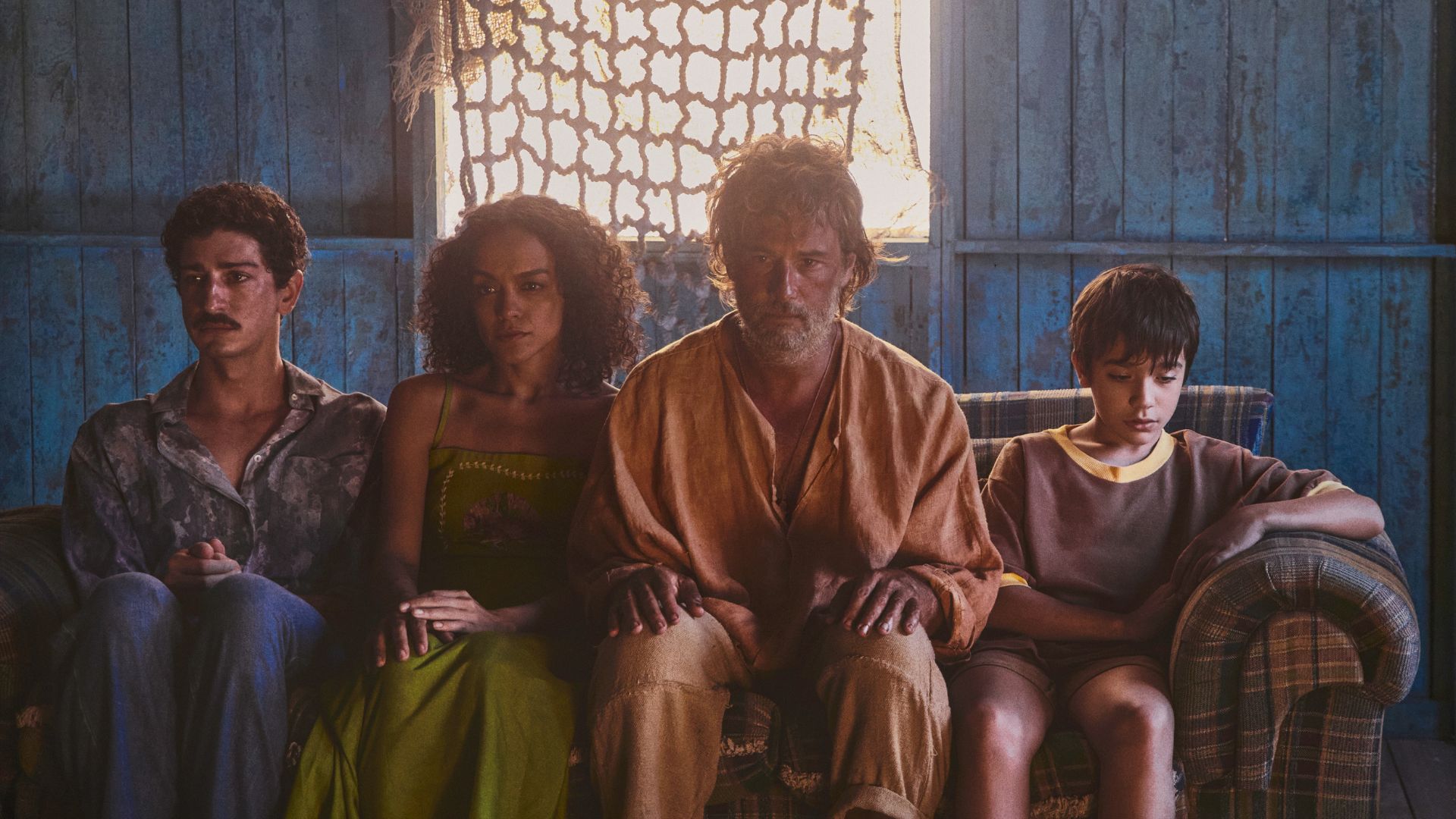Winner of four Oscar statuettes, Long German is not only a war drama, but also shows the possibilities of art to fight terror. DW spoke to the film’s team in Los Angeles. Netflix’s German film All new on the front was one of the highlights of the Oscars ceremony this Sunday (03/12), winning four statuettes: Best International Film, Cinematography, film design production and original soundtrack.
The feature film was a pioneer: a German film had never before been nominated for nine Oscar categories and, moreover, in the main one – for best film.
For this reason, the German artist community was enthusiastic about an event to celebrate him on the eve of the awards ceremony, on Saturday morning, in Villa Aurora, in the hills near Los Angeles.
Symbolically speaking, it’s hard to imagine a better place to celebrate the film. Or as Claudia Roth, Minister of Culture responsible for promoting German cinema, put it: “It’s full circle.”
Villa Aurora: center for expatriates from Germany
Martha and Lion Feuchtwanger, Jews who had to flee Nazi Germany, bought the Villa Aurora property in 1943 and transformed it into a center for exiles from Germany.
Poet and playwright Bertolt Brecht was a frequent guest, as were Nobel laureate Thomas Mann and composer Hanns Eisler, who is said to have played Mozart on opening night.
The writer Erich Maria Remarque (1898-1970) was also a regular guest at the property. And somehow his spirit was palpable on that rainy morning on the eve of the Oscars, when the third film adaptation of his anti-war drama Im Westen nichts Neues (All Quiet at the Front), written in 1929, was celebrated. .
First adaptation in German
The film adaptation directed by Edward Berger and starring such well-known German-speaking actors as Daniel Brühl and Felix Kammerer is the first German version of the literary work, the language in which Remarque wrote this classic of world literature.
The award proved that those who until now believed that a German-language film would have difficulty achieving worldwide fame were wrong.
With nine Oscar nominations, the production received four statuettes and had already won seven awards at the British Bafta film festival, breaking a record.
This is due to the quality of production. But also for the terrible topicality of the theme. Ian Stokwell, the screenwriter, sums it up like this: “If you look at the footage from the Ukraine, it looks like our film is set 100 years ago. We are still fighting against each other from the trenches. And nothing could make us happier. if it weren’t for this terrible reality. But we seem to have learned nothing from the past,” he highlighted, drawing parallels between Russia’s invasion of Ukraine and World War I, a conflict portrayed in the film.
European project
What makes the production so modern is not only the cooperation with Netflix, which offers financial opportunities otherwise unthinkable in Germany, but also the fact that it is a deeply European production. In addition to the Germans, the production features Swiss, British and Austrians and much of the film was shot in the Czech Republic. In other words: in the country that was attacked twice by German soldiers.
The film is an artistic collaboration that shows how deadly it can be as more and more countries slide into nationalist resentment and sacrifice the common welfare in the pursuit of short-term interests – a process that also occurs, among other regions of the planet, in the center of Europe.
build bridges
Director Edward Berger describes a scene that shows how collaborative work can build bridges. During filming, Felix Kammerer, who plays the lead Paul Bäumer, lies in the mud, devastated, dazed, in fits of tears.
The hard work on the set requires him to repeat the scene over and over again until the director is satisfied. His performance and the power of the scene are so intense that sometimes the British cameraman cries. According to Berger, the cameraman “is a Briton whose grandfather fought in World War II and taught him as a child to hate Germans.”
At the limit of the tolerable
However, All New on the Front has nothing to lighten that. There are no heroes to identify with. Unlike anti-war dramas like Spielberg’s Saving Private Ryan, there is no solace, no hope in the end. The film pushes the viewer to the limit of the bearable. Or, as Minister Claudia Roth puts it: “It’s the loudest cry against war.”
And this at a time when war is once again being fought in the heart of Europe. And it seems that even this war in Ukraine could turn into a bitter trench warfare, in which warmongers are willing to accept death and misery in exchange for a few inches of land. Nothing new in Front is as relentless as it is real.
Source: Terra
Rose James is a Gossipify movie and series reviewer known for her in-depth analysis and unique perspective on the latest releases. With a background in film studies, she provides engaging and informative reviews, and keeps readers up to date with industry trends and emerging talents.







